Child slave labor & The CHocolate Industry
“When people eat chocolate, they are eating my flesh.” - Aly Diabate, former cocoa slave
Chocolate is created by harvesting cacao beans which are predominantly grown in Western Africa, Asia and Latin America. Western African countries — mainly Côte d’Ivoire and Ghana — supply approximately 70% of the world’s cocoa. This cocoa is grown, harvested and eventually sold to the majority of chocolate companies. As the chocolate industry has expanded over the years, the demand for cocoa has increased.
The chocolate industry is currently worth around 130 billion dollars and relies on cocoa farmers to keep their supply chain going. On average, cocoa farmers earn less than $1 per day and these below-poverty wages force farmers to seek the employment of children who will receive much less, if any, compensation at all. West Africa’s government agencies have very limited funding to regulate or oversee cocoa farming practices, so this problem just worsens over time.
The Worst Forms Of Child Labor
The children of Western Africa are surrounded by intense poverty and most begin working at a young age to help support their families. Some child laborers are compensated, but at very low wages, where most others are sold to traffickers or farm owners by their own relatives, who are unaware of the dangerous work environment. Traffickers even abduct young children from small villages in neighboring African countries, such as Burkina Faso and Mali. Once they have been taken to the cocoa farms, the children may not see their families for years, if ever.
A child’s workday typically begins at six in the morning and ends in the evening. Some of the children use chainsaws to clear the forests and others climb the cocoa trees to cut bean pods using a machete. Once they cut the bean pods from the trees, the children pack the pods into sacks that weigh more than 100 pounds when full and drag them through the forest. Aly Diabate, a former cocoa slave, recalls, “Some of the bags were taller than me. It took two people to put the bag on my head. And when you didn’t hurry, you were beaten.”
Investigators have discovered children trafficked into Western African cocoa farms and coerced to work without pay. Cases often involve reports of physical violence, such as being whipped for working slowly or trying to escape. Diabate, when asked what he would tell people who eat chocolate made from slave labor, said: “When people eat chocolate, they are eating my flesh.”
Is Slave-Free Chocolate Possible?
Though called upon to develop and financially support programs to rescue and rehabilitate children who have been sold to cocoa farms over the years, the industry has done little to remove child labor. While there have been legislative attempts to address the issue over the years, as seen with the Harkin-Engel Protocol, it is unclear what progress has been made.
There are some organizations (Rainforest Alliance and Fairtrade) who trying to impliment traceability in the supply chain by selling “certified” cocoa products that come only from farms that do not use child labor.
At California Cultured we are making a chocolate that is free from child slave labor by eliminating the need for processed cocoa. Join us in the new age of sustainable and ethical chocolate.

